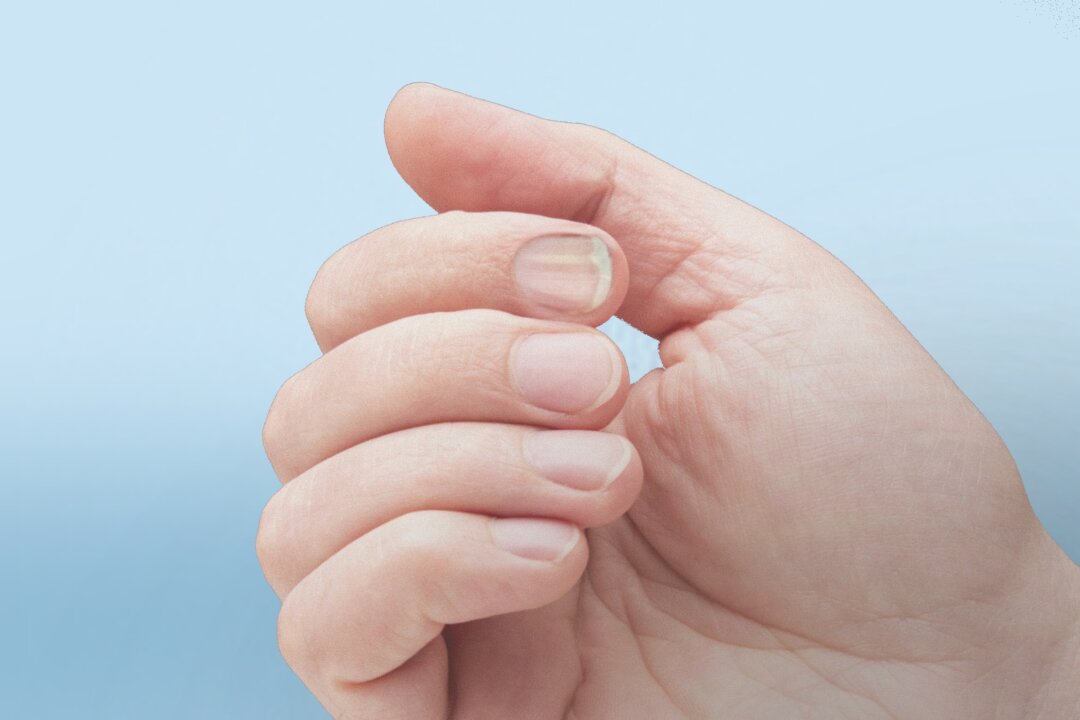Those subtle ridges, discolorations, or thickening of your fingernails you’ve been ignoring could be more than just cosmetic nuisances. Not all people with this mutation will develop cancerous tumors, and some may only experience noncancerous skin tumors. The study looked at 47 participants from 35 families with a BAP1 tumor predisposition syndrome who ranged in age from 13 to 72 years old.
Among these participants, 87.2 percent showed some kind of nail abnormality. These included white streaks or lines (leukonychia), small hemorrhages under the nails (splinter hemorrhages), splitting or layering of the nails (onychoschizia), and thickening of the nails (distal nail hyperkeratosis).

More specifically, 83 percent of the findings were consistent with onychopapillomas. When looking only at participants aged 30 or older, 88 percent had these onychopapillomas. A biopsy of the nail beds of five participants confirmed the presence of onychopapillomas.
Typically, the condition affects only one fingernail, but among those diagnosed with BAP1 tumor predisposition syndrome, about 88 percent had onychopapillomas affecting multiple nails. Onychopapillomas are uncommon, Dr. Raman Madan, the chief of dermatology at Glen Cove Hospital in New York, told The Epoch Times.
Many cases aren’t even reported, he added, “because it is benign.” Nail shape and texture changes, such as clubbing (curved nails and bulging fingertips), can occur with heart and lung diseases, which reduce blood oxyg.























